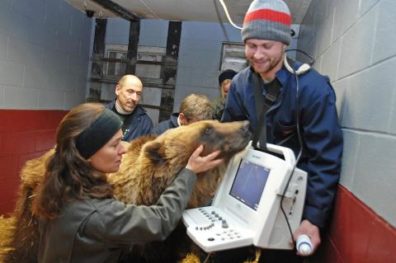The Explosive Science of Epigenetics
adrianaThe health choices you make today could affect the expression of your kids’ (and grandkids’) DNA — and maybe their risk for disease
The “nature versus nurture” debate has been raging for thousands of years. Are people the products of their DNA, or of their upbringing and environment? The writings of both Plato and Shakespeare discuss this question. As recently as the past century, some big thinkers still subscribed to the philosopher John Locke’s “blank slate” theory, which held that each individual is born “formless” and is shaped by their environment and upbringing. Even more recently, some genetic scientists argued in favor of biological determinism, or the view that everything about a person is predetermined by their DNA.
Today, experts recognize that nature and nurture — far from being independent or at odds — engage in a complex dance. While DNA has a lot to say, a person’s genes and environment interact throughout their life to produce any number of outcomes. And the science of epigenetics lies at the heart of this interaction.

“We know that there are all these molecular marks and processes around the DNA that regulate how the DNA functions,” says Michael Skinner, a distinguished professor and founding director of the Center for Reproductive Biology at Washington State University. Basically, these molecular marks and processes can turn genes on and off, he says. As a result, they have the potential to influence “every area of biology.”
Skinner says more and more research has found that many diseases have overlapping epigenetic signatures, meaning certain genes are predictably turned on or off in people who have the disease. Just last month, a new Harvard Medical School study reported that people with Alzheimer’s disease seem to share certain epigenetic characteristics. This is a big deal because, to date, most of the research on non-epigenetic DNA mutations has failed to find patterns of overlap in people who develop Alzheimer’s, cancer, and other diseases.



